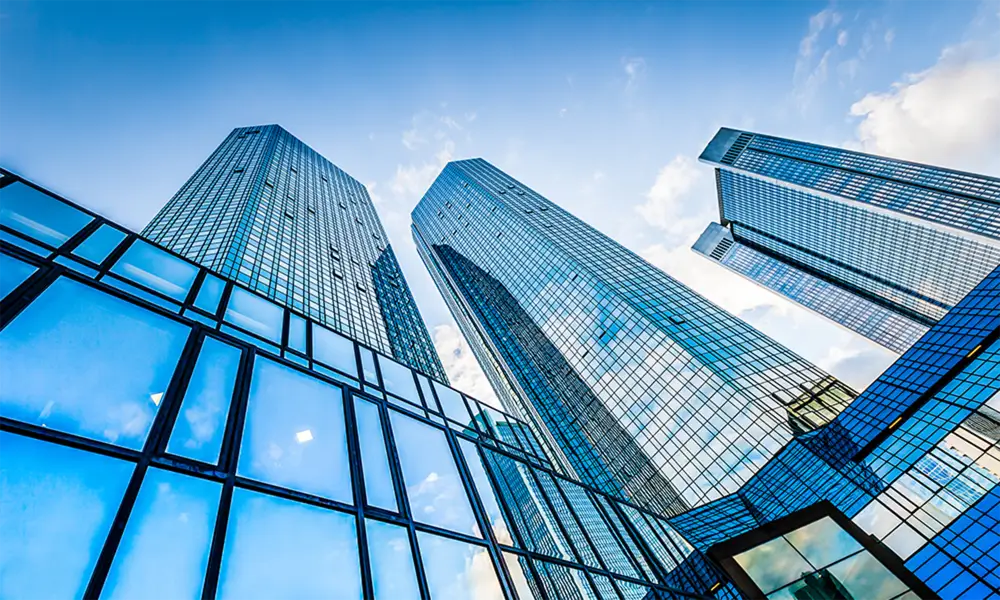

The Advantages and Applications of Low-E Glass Material
In recent years, the field of construction and architecture has witnessed a significant shift towards energy-efficient materials, with Low-E (Low Emissivity) glass emerging as a prominent choice. Low-E glass is designed to reflect infrared light while allowing visible light to pass through, significantly improving the energy efficiency of buildings. This article delves into the composition, benefits, and applications of Low-E glass, highlighting its pivotal role in modern construction.
At its core, Low-E glass is manufactured through a process that involves the application of a thin, transparent coating. This coating consists of metallic oxides that have the ability to reflect heat. The primary purpose of Low-E glass is to minimize the transfer of heat between the exterior and interior of a building. By doing so, it helps to maintain a consistent indoor temperature, reducing the need for excessive heating or cooling, thereby lowering energy consumption and costs.
The Advantages and Applications of Low-E Glass Material
Furthermore, Low-E glass offers superior UV protection. Traditional windows allow a significant amount of ultraviolet (UV) radiation to enter, which can cause fading of furniture, carpeting, and artwork. The Low-E coating effectively blocks a considerable portion of UV rays, preserving the integrity and appearance of interior furnishings. This makes Low-E glass an ideal choice for residential properties, museums, art galleries, and commercial spaces where preserving aesthetics is important.

In addition to its energy-saving properties and UV protection, Low-E glass also enhances the overall comfort of spaces. By regulating indoor temperatures and reducing drafts, it creates a more pleasant living and working environment. Furthermore, the glass also contributes to sound insulation, making buildings quieter and more conducive to productivity in commercial settings or relaxation in homes.
The applications of Low-E glass are extensive and varied. It is widely used in residential homes, commercial buildings, and high-rise structures. Many architects and designers now favor Low-E glass not only for its energy efficiency but also for its aesthetic appeal. The clear, sleek appearance of Low-E glass complements modern architectural styles, allowing for large windows and expansive views without compromising on performance.
Additionally, Low-E glass is often incorporated into energy-efficient building codes and standards, making it a popular choice for projects seeking certifications such as LEED (Leadership in Energy and Environmental Design). These certifications affirm a commitment to sustainability and energy efficiency, catering to the growing consumer demand for environmentally friendly living spaces.
In conclusion, Low-E glass represents a significant advancement in building materials that prioritize energy efficiency, UV protection, and comfort. Its benefits extend beyond cost savings, contributing to a more sustainable future by minimizing energy consumption and environmental impact. As the construction industry continues to evolve, Low-E glass will undoubtedly remain at the forefront, shaping the way we build and live in our environments. With its growing use across various sectors, Low-E glass is not just an innovative material but a crucial step towards a greener and more energy-efficient future.